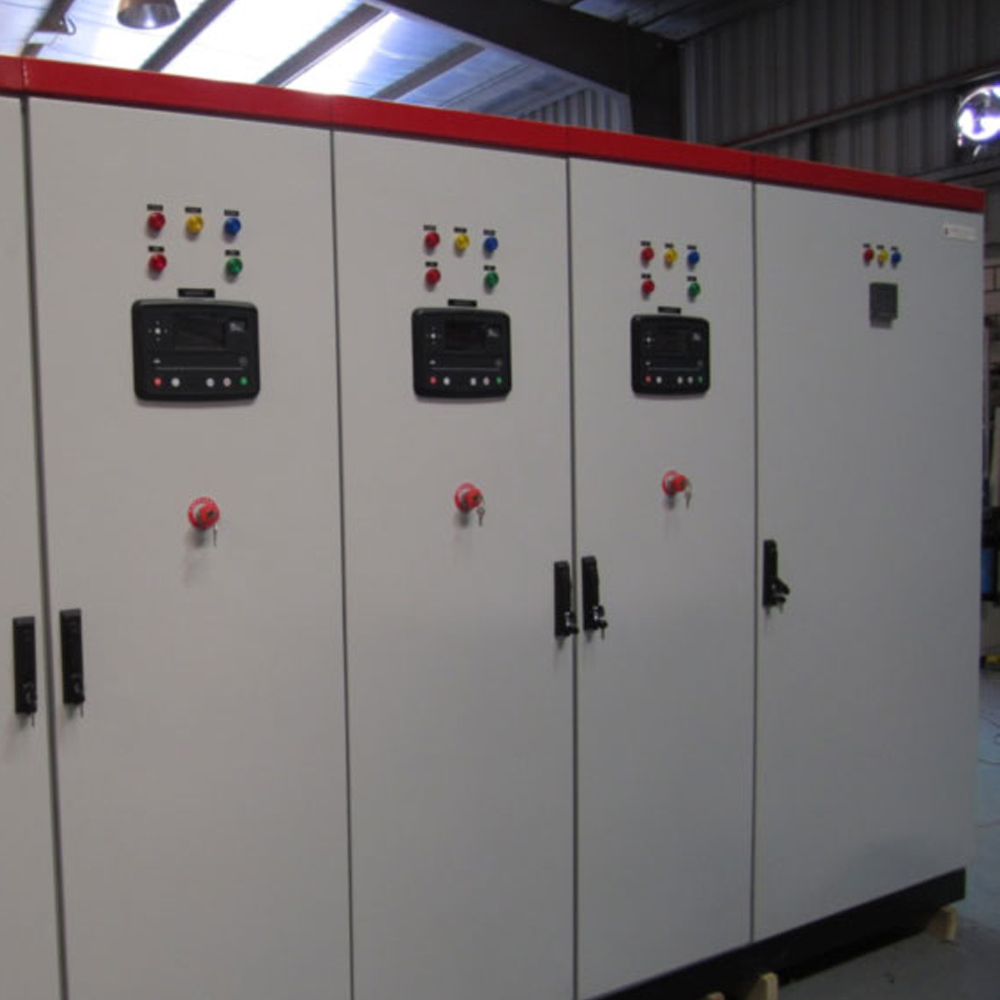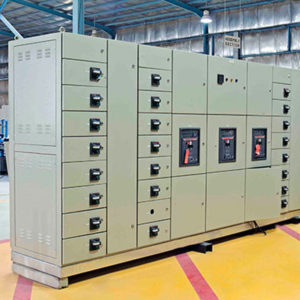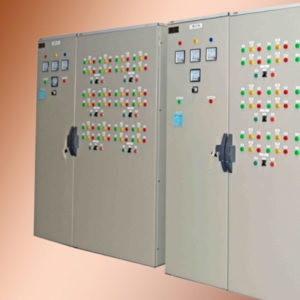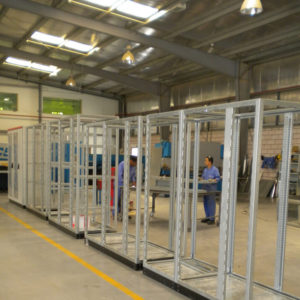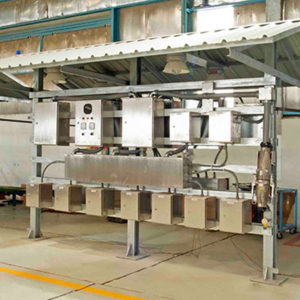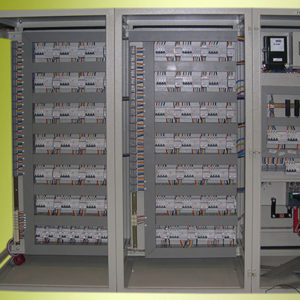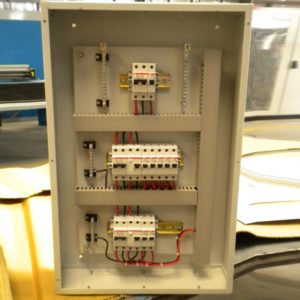Description


4 GENSET SYNCHRONIZING PANEL
General Characteristics
- 3-phase mains-generator voltage control
- 3-phase current control
- 12 digital inputs
- 3 Analog inputs for pressure, temperature and fuel level monitoring
- Retentive energy meters
- RS-232 port for setup, remote control and GSM modem (optional)
- Context sensitive on-line help prompts
- Choice of text language
- Icon detail and alarm viewing
- Event log for alarms, status and events
- Operating data recording
Viewable Measurements
- Battery voltage
- Phase, line and system mains voltage values
- Phase, line and system generator voltage values
- Phase current
- Active, reactive and apparent power values
- Active-reactive energy meters
- Power factor per phase
- Mains and generator frequency
- Engine speed (rpm)
- Oil pressure
- Water temperature
- Fuel level
- Engine running hour counter
- Hours remaining before next maintenance
- Total number of starting attempts
- Percentage of successful starting attempts

